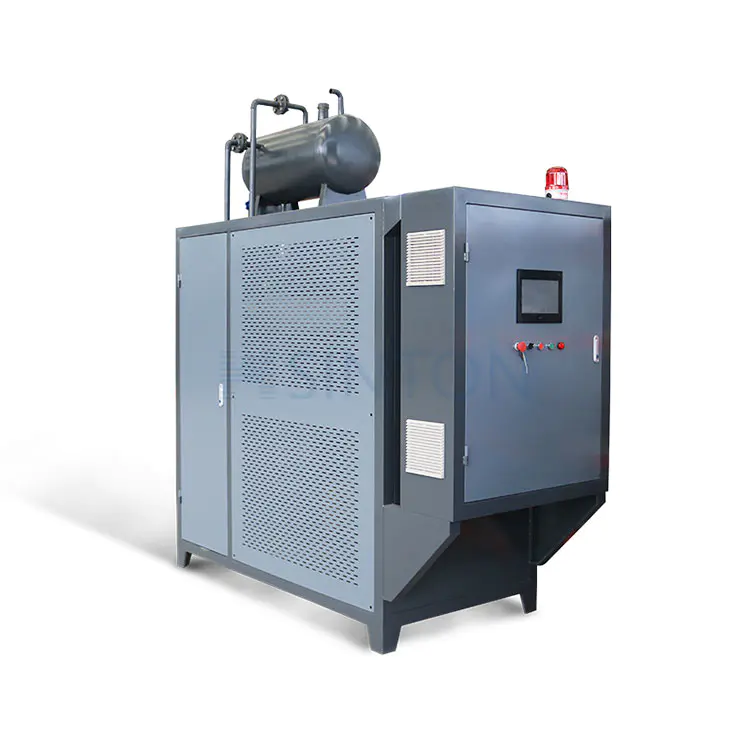WhatsApp: +86-185-5601-8866
Heating Equipment
News

2024-08-12
Temperature Sensing: Modern electromagnetic induction heaters are equipped with advanced temperature sensors, such as thermocouples, resistance temperature detectors (RTDs), or infrared sensors. These sensors continuously monitor the temperature of the workpiece or the heating surface. The data collected is highly accurate and reflects real-time temperature changes, enabling precise control.
Feedback Loop Mechanism: The temperature data obtained from the sensors is fed into a control system or a programmable logic controller (PLC). This control system compares the measured temperature against the pre-set target temperature or setpoint. If there is any deviation from the setpoint, the control system calculates the necessary adjustments and initiates corrective actions to maintain the desired temperature.
Power Output Adjustment: To regulate temperature, the control system adjusts the power output of the induction heater. This can be achieved by modulating the power delivered to the induction coil or by adjusting the operational frequency. By increasing or decreasing the power, the system can either accelerate or decelerate the heating process to maintain the target temperature.
Frequency Modulation: Electromagnetic induction heaters operate by generating an oscillating electromagnetic field at a specific frequency. The frequency of this field affects how deeply the heat penetrates the material. Lower frequencies result in more surface heating, while higher frequencies allow heat to penetrate deeper into the material. The control system can adjust the frequency to achieve the desired heating profile based on the material’s properties and the application requirements.
Pulse Width Modulation (PWM): Some induction heaters use Pulse Width Modulation to control power delivery. PWM involves varying the duty cycle of the power supply, meaning the ratio of the time the power is on versus the time it is off. By modulating this ratio, the heater can achieve fine control over the average power delivered, thus regulating the temperature more precisely.
Phase Control: In systems that utilize alternating current (AC), phase control is used to adjust the amount of power supplied to the induction coil. By controlling the phase angle at which the AC voltage is applied, the system can vary the effective power delivered to the heater. This technique allows for fine-tuned control over the heating process, ensuring that the temperature remains within the desired range.
Safety Features: Temperature control systems incorporate multiple safety features to prevent overheating and potential damage. These include high-temperature alarms, automatic shutdown mechanisms, and cooling systems that activate if the temperature exceeds predefined thresholds. These safety measures protect both the equipment and the material being processed.
Cooling Mechanisms: To manage temperatures that exceed setpoints, some systems are equipped with active cooling mechanisms. These may include forced air cooling, water cooling systems, or heat sinks that help dissipate excess heat. The cooling mechanisms work in conjunction with the temperature control system to ensure that the heater operates within safe temperature limits and maintains consistent performance.
Electromagnetic Induction Heaters

Looking For Business Opportunity?
Request for a call today

WhatsApp: +86-185-5601-8866
Tel: +86-185-5601-8866
E-mail: [email protected]
Address: Sinton Building, No. 886 Yandu Road, Yandu District, Yancheng City, Jiangsu Province
Friendly Link: www.cn-lvdao.com www.sealing-china.com
Products
Message